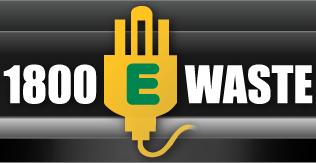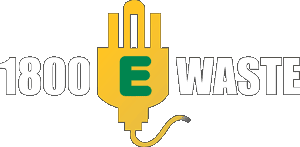Articles on e-waste and computer recycling
Ewaste Contamination Adelaide
Ewaste includes PCs, televisions, monitors, mobile phones, faxes, printers, photocopiers, stereos and any electronic product that is no longer in use because of being broken or obsolete. The most common generators of ewaste are households, government establishments, educational institutions and commercial premises. There are also some instances when ewaste can include electrical products such as irons, coffee machines, airconditioners, refrigerators, toasters, vacuum cleaners, dryers and washing machines. Barium Contamination Adelaide Barium compounds such as barium carbonate and barium sulfate are normally used in certain industries that include textile, oil and gas, electronics, rubber and plastics. Barium is also used in glass-making, enamels, ceramic glazes,

